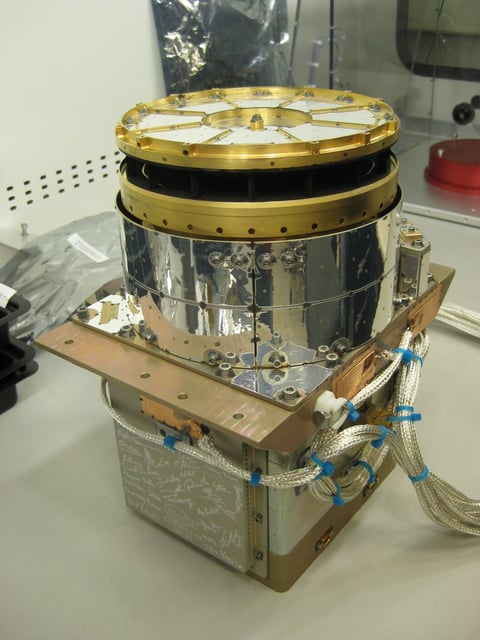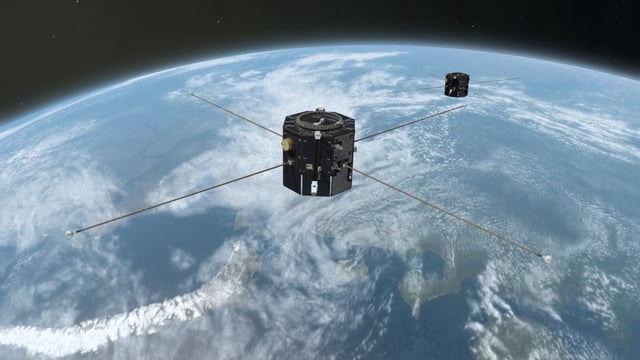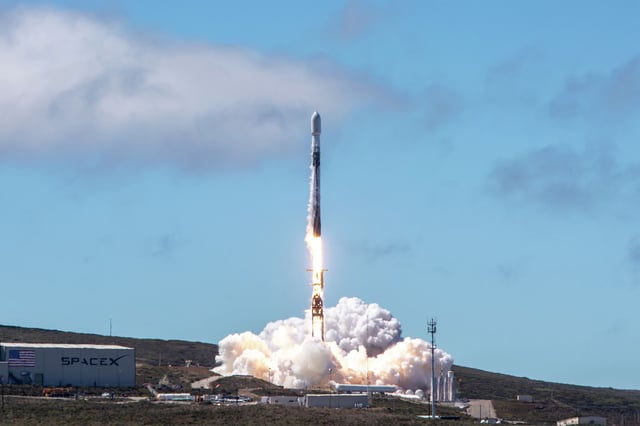Overview
- A SpaceX Falcon 9 lifted off from Vandenberg Space Force Base on July 23 carrying the twin TRACERS spacecraft, which separated and established ground contact three hours later.
- During commissioning, teams will activate and calibrate instruments including Southwest Research Institute’s Analyzer for Cusp Ions to prepare for full science operations.
- Once operational, the satellites will orbit about 360 miles above Earth and conduct over 3,000 cusp-crossing measurements of magnetic reconnection events.
- TRACERS data will refine models of solar wind–magnetosphere coupling and enhance space weather forecasts to protect satellites, power grids and communication systems.
- The mission is a collaboration among NASA, SWRI, the University of Iowa and Millennium Space Systems and also deployed three secondary CubeSats and five commercial satellites.


